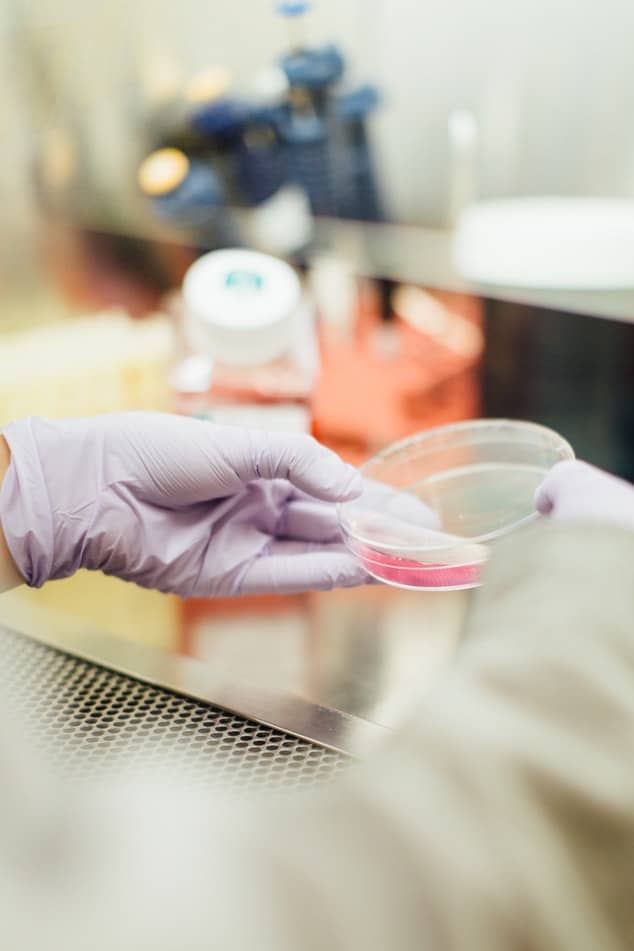

Scientists have made a breakthrough and created the first human-sheep hybrid embryo. This paves the way for the development of human organs in the sheep for transplantation. This discovery could save the lives of thousands of people who die every year waiting for the organs. As per the estimates, there are 76,000 people in the US and 6,500 people in the UK awaiting transplantation, and it will take nearly five years to reach the top of the list.
However, in the current research, scientists grew the chimaera embryo in the sheep for only 28 days. It is because the law prevents the growth of any chimaera or cross-species embryos greater than 28 days. Apart from saving thousands of lives scientists say that the current research will also help to cure chronic diseases like Type- 1 diabetes. Scientists have earlier created a human-pig hybrid embryo, but it contained only one human cell per 10,000 pig cells.
In the present work, scientists were able to enrich the human cells ten times higher as compared to the human-pig chimaera. The current Sheep-human chimaera contained one human cell per 1,0000 sheep cells. Japanese scientists were the first to use the method long back in 2010 itself. They successfully created the mouse-rat chimaera, wherein the rat cells were used to create the missing pancreas in mice. According to the team, the transplant was able to cure diabetes in the rat. The researchers believe that the pigs and sheep have similarly sized organs to humans so that the organs can be easily transplanted into humans.
How is the chimaera or part animal or part human embryo?
Researchers use the technique of gene editing to delete genes responsible for the formation of a particular organ. They then introduce stem cells from the human who can become any cell in the body. These cells are responsible for the development of the missing organ.
Also Read: Alcohol is more dangerous to the brain than Marijuana: Research
Challenges that awaits Researchers:
Although the research looks promising, it is still in the nascent stage and has to cross many hurdles. Researcher Dr.Hiro Nakauchi of Stanford University opined that for the experiment to be successful it needs to be carried out for at least 70 days from the current time of 28 days. Ross from the University of California, who is also part of the team opined that they need to increase the proportion of human cells in the chimaera. According to him, at least 1% of the embryo cells must be from a human. Apart from this, for the research to go through, they would require permissions from various review boards. Also, they need to overcome the ethical concerns as well as protests from animal rights activists. However, Nakauchi is optimistic that within five years or maybe ten years they would be able to grow human organs in the animals.
iEV motors from Denmark has manufactured a pod-sized 78 cm iEV Z modular electric car.…
Garena free fire - Illuminate is a multiplayer battle royal mobile game. The app is…
The stressors of adult life can take a serious toll on your brain and make…
Men often experience a lot of irritation and embarrassment due to the unwanted growth of…
Web application architecture describes the relationship between servers, databases and applications. All web applications are…
Gone are the days when mobile phones come in handy only for voice calling and…